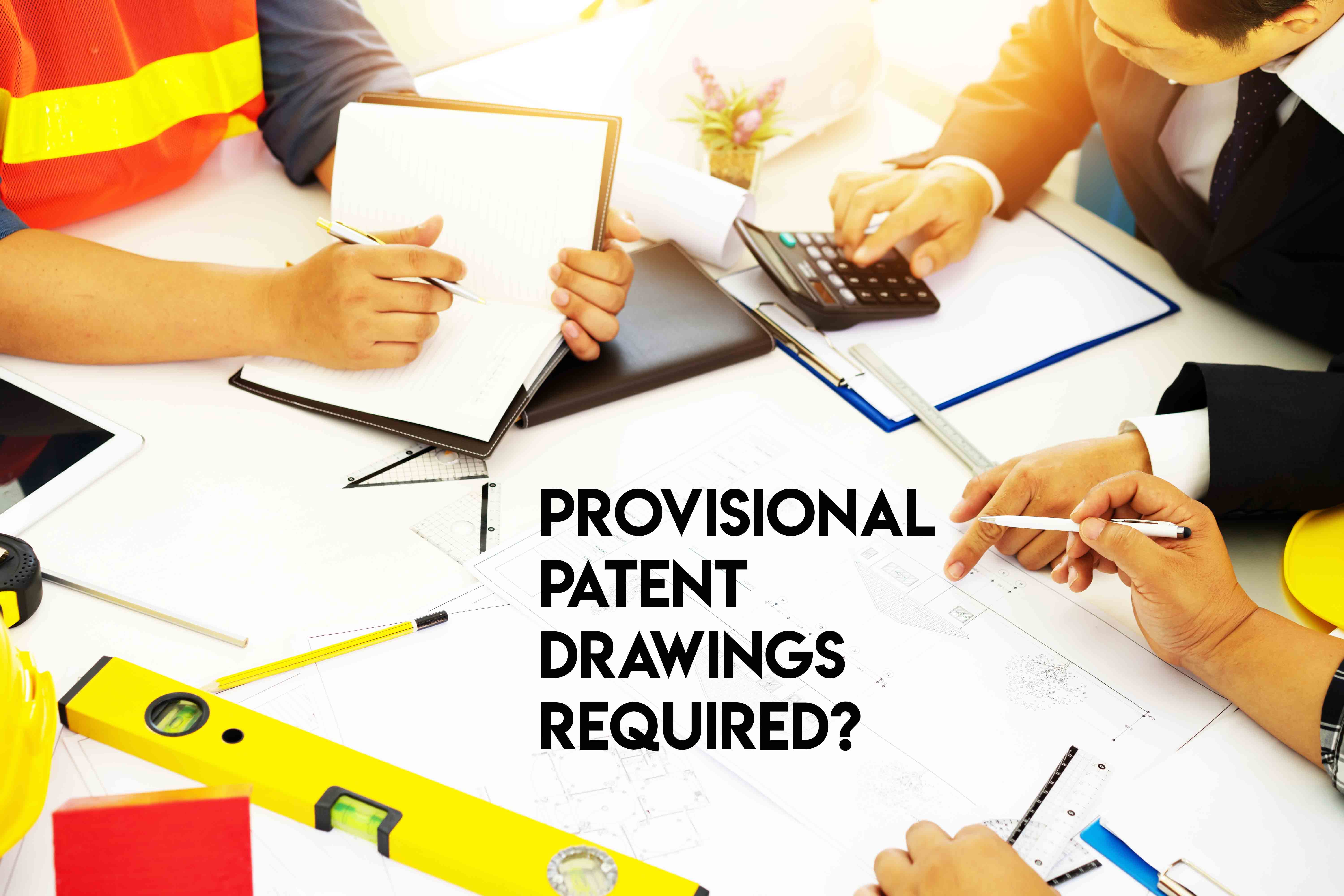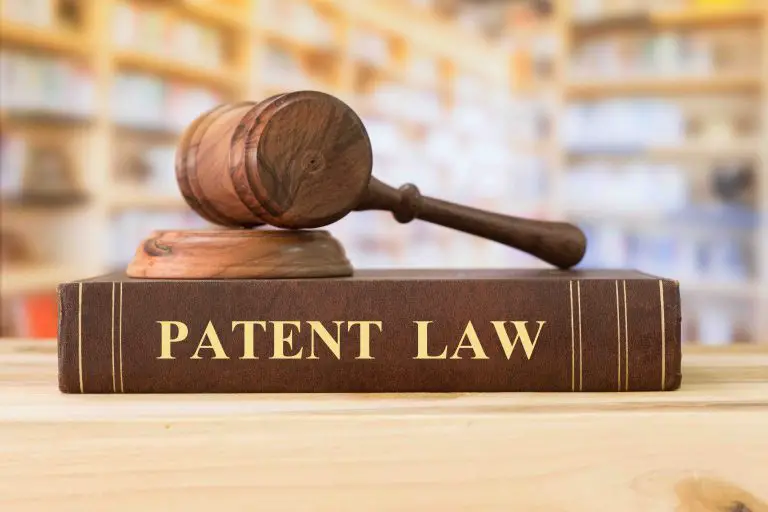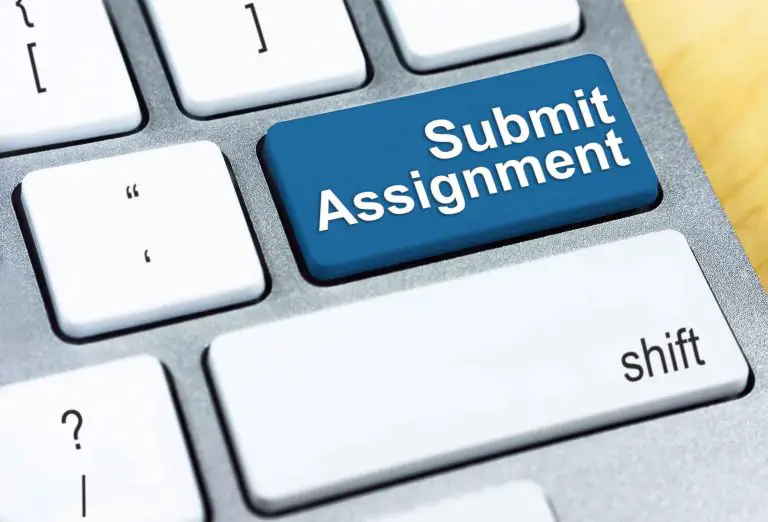Do Provisional Patent Applications Require Drawings?
Inventors often file a provisional patent application to obtain an early filing date but don’t spend enough time preparing and thinking about the consequences of having a weak provisional patent application. We often get asked do provisional patent applications require drawings? We will answer this question below.
Do Provisional Patent Applications Require Drawings?
Provisional patent applications are not required to have drawings, however, including drawings is a good idea because they expand the scope of a provisional patent. Having a somewhat broad provisional patent helps some applicants avoid problems down the road when it comes time to file a regular (nonprovisional) patent application that relates back to an earlier-filed provisional patent application.
According to the USPTO, if an inventor chooses to include drawings in his patent application, the drawings must follow the standards set by the patent office. We can’t stress this enough, even though you’re not required to submit drawings, most attorneys recommend that applicants do include them to assist the patent examiner in understanding your invention. If you do choose to include them we will explore some of the requirements for drawings.
Here are some of the requirements you’ll have to follow if you choose to include drawings:
- Black and White Drawings
The drawings you include should be made using black ink on white paper. If you’re filing your patent application online, you should scan the drawings and make them available in the PDF Format. The patent office allows colored photos, but you have to file a petition before including color photos. If the patent office grants your petition, you can include them. - Views
You should include as many drawings as necessary to show the invention that you want to patent. If a single portion of your invention is important to your patent, you can include enlarged drawings of that portion of your invention. - Label Your Drawings
If you choose to include drawings with your provisional patent, you have to label each drawing by including the title of the invention, the application number, and the inventor’s name. If you submit additional drawings after filing your patent application, you must label each drawing as “New Sheet” or “Replacement Sheet.” All of this information must be placed on the top portion of the paper. - Drawing Paper
When submitting drawings to the patent office, the paper that you use must not be shiny, must be durable, and free of cracks, folds, and creases. All drawings must be made on standard A4 Paper and applicants can only include drawings on side of the paper. Don’t add drawings to both sides of a single piece of paper. - Numbering the Paper Sheets
You should number the paper sheets for your drawings. The first sheet should be number with the number 1 and additional sheets 2, 3, 4, 5, etc. Applicants must place these numbers on the middle top portion of the sheet. - Margins
The sheet must include the following margins- Top Margin: 1 inch
- Bottom Margin: 3/8 inch
- Right Margin: 5/8 inch
- Left Margin: 1 inch
- Top Margin: 1 inch
Note: If you are creating these drawings on your own, you should visit the USPTO website for a complete list of the requirements that you have to adhere to.
Why Should An Applicant Include Drawings?
Applicants should include drawings in their provisional patent application because drawings can be a great tool to supplement the description of the invention you want to protect in a provisional patent application. Often times, inventors overlook the importance of provisional patents and so they don’t do as good of a job as they do in preparing it and thoroughly describing the invention they want to patent.
This often backfires when the time comes to file a nonprovisional patent application that relates back to the provisional patent application. Having drawings that broadly illustrate the inventor’s invention reduces the possibility that a patent examiner will make a determination that the invention described in a nonprovisional application is not the same one disclosed in a provisional patent.
So, don’t make the mistake that many applicants make in not including drawings with your provisional patent. Ask your attorney about how including drawings can help you patent your invention by assisting the patent examiner in determining how your invention works, as well as how to use it. If your provisional patent application does not disclose these two things, you might face some trouble down the road.
Importance of Provisional Patent Applications in the United States
Provisional patent applications are really important in the United States mainly because of the fact that patent law awards inventors who are first to file their patent application with the patent office. Unlike other countries that give priority to the person who first invents an invention, the US awards the person to file the invention with the patent office.
For example, if you invented a new type of water hose but didn’t file a patent application with the patent office and different inventor comes up with the same hose idea a year after you do. If he files a provisional or nonprovisional patent application with the patent office before you do, he will be awarded the patent even though you invented the new water hose first.
So, if you have an invention, speak to an attorney and let them guide you on what you should do. He will likely tell you to file a patent application with the patent office as soon as you have an invention that you can describe. Don’t sit on your invention for too long, because if you do, someone else may file a patent application and you’ll be left with basically nothing but an invention.
How Much Do Provisional Patent Drawings Cost?
If you’re like us or most people, you probably don’t know how to create drawings for your provisional patent application. Don’t give up just yet as there are many companies out there that offer to create these drawings for you. Many of the services that we saw charge between $50 to $100 for each patent drawing. Let’s assume that you need 7 drawings to cover your invention, you would have to pay $ 350 to $700, depending on the patent drawing service that you choose.
If you can’t afford to have these drawings professionally made, you will be happy to hear that the patent office does not require a professional to create them. Although it’s not recommended, some applicants make these drawings themselves.
If you choose to go this route, check out the USPTO website drawing requirements because they’re pretty strict about what type of photos to include and how they should be formatted. We included some of the requirements above, but note that what we included is not a comprehensive list of the rules you have to follow.
Why Do Inventors Even Choose To File a Provisional Patent Application?
Inventors often to choose to file a provisional patent application instead of a regular patent application because provisional patents are perceived as being easier and cheaper to prepare. While this is true, some applicants make the mistake of not taking them to properly prepare them.
By now, you should know that spending the time to adequately describe your invention in words, as well as drawings is extremely important if you want to patent your invention later down the road.
A provisional patent application only provides 12 months of patent-pending status, to patent an invention, an applicant must file a regular, nonprovisional patent application with that 12 month period.
When the time comes for you to file a regular patent application, you will appreciate the time you took and the money you spent in preparing your provisional application, especially if you’ve got competitors who filed patents on the same matter after you file your provisional patent.
This is so because to benefit from the priority date of an earlier provisional patent, the patent examiner must determine that the invention you described in your provisional patent is the same one you described in your regular patent application. Including drawings that fully explain your invention, will definitely help the patent examiner make that positive determination that you want to patent your invention.
Provisional Patent Application Drawings
At this point, you should know while that the patent office does not require that you include drawings as part of your provisional application, it’s almost reckless not to. You have to accurately and thoroughly describe your invention, including drawings is a great way to broaden the scope of your invention and explain it so that the patent examiner will know what you’re talking about. If you have any general questions or comments, please feel free to leave them in the comments section below.








